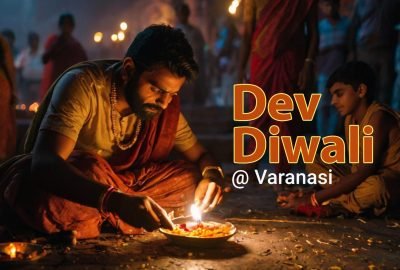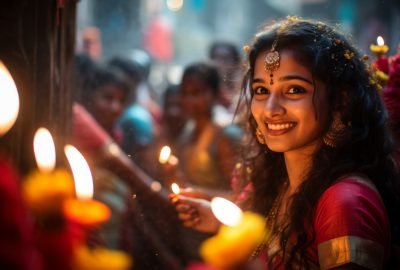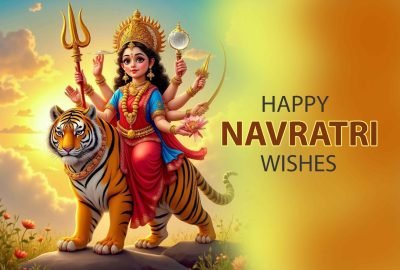Experience the Essence of India
Discover the rich traditions, spirituality, and culture of India with Hidden Mantra
Indian Culture
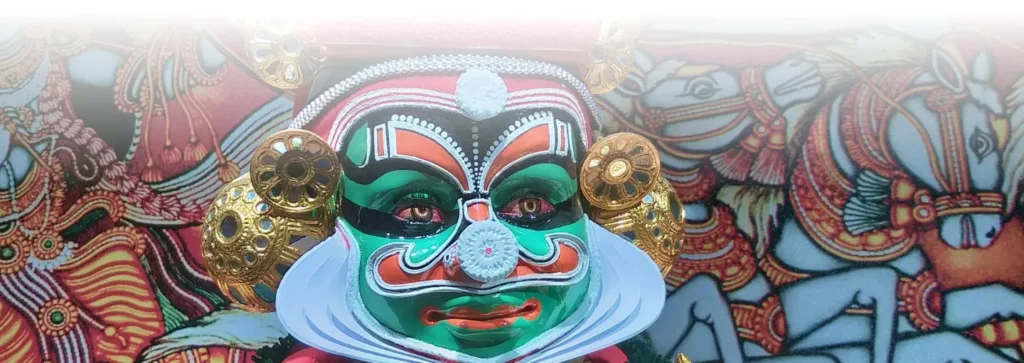
India: A Land Known for Its Traditions
Exploring the Pillars of Indian Culture
Religion & Spirituality
As Annie Besant puts it “India is a country in which every great religion finds a home.” India is a country where people of all religions coexist and celebrate each other. India is the birthplace of Hinduism, Buddhism, Jainism, and Sikhism. Islam and Christianity are two religions practiced in India but came to India from abroad.
Hinduism & Buddhism
Both these religions are based on karma (what you do), moksha (liberation), reincarnation, nirvana (enlightenment), and dharma (the right way of living). They also follow the practice of meditation (dhyanam, samadhi) and yoga. More than being a religion Hinduism and Buddhism are the ways of life. Hindu originally meant living on the banks of the river Indus. Buddhism founded by Siddhartha Gautama shows people how to live truthfully and spiritually to attain nirvana.
Jainism
Christianity
Islam
Festivals & Celebrations
Art & Expressions:
We have read about how each state and each religion has its celebrations and festivals. The same is true for art forms. Each state has its art, music, and dance forms. For example, Bharatanatyam is the famous dance form of South India while we have Kathak in Northern India and Odissi in East India. The South Indians have Carnatic Music while the Northern States have Hindustani music. Similarly, there are art forms associated with religions. In Kerala Hindu temples hold Theyyam, Kathakali, Krishnan Attam, etc, while Christians have Margam Kali, Chavitt Nadakam etc. Muslims also have their art forms such as Oppana, Mappila Paattu, Duff Muttu, Arabana Muttu, etc. to name a few. Each state also has its differentiating painting techniques such as Madhubani Painting from Bihar, Tanjore Painting from Tamil Nadu, Mural Painting from Kerala, and Block Printing from Rajasthan.
Culinary Delights
Customs & Daily Life
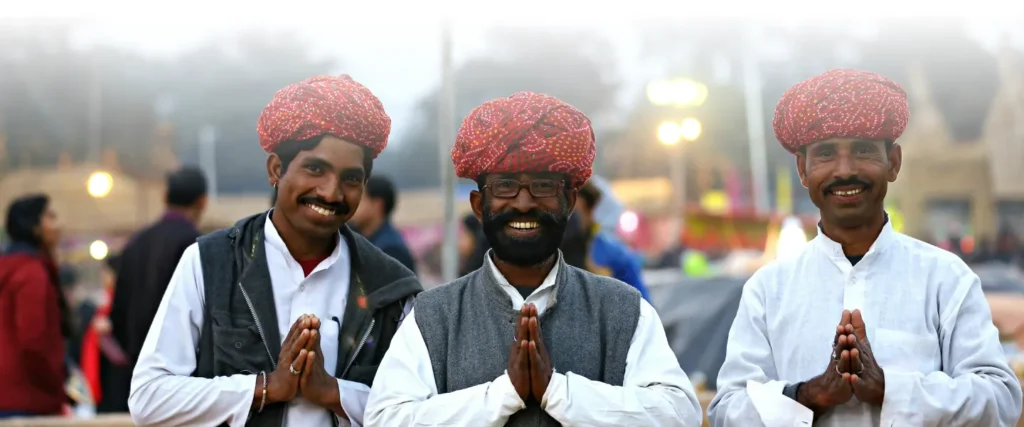
Latest From Blog
October 19, 2024
October 15, 2024
October 11, 2024
Quotes
A good quote can brighten your day. Quotes spread positivity, hope, and light in the readers’ lives. What you seek is seeking you, says Rumi. So, what are you looking for today? Find answers to your questions, positivity for low days, and directions when in doubt with the life-changing quotes from Hidden Mantra. We hope that you find that little glimpse of light when in darkness. Hidden Mantra gives you the daily dose of positive affirmations,Motivational Quotes, Bhagavad Gita Quotes Rumi quotes on love and life,Peace Quotes in english, Buddha quotes on karma and peace, Spiritual quotes on life and yoga quotes.

